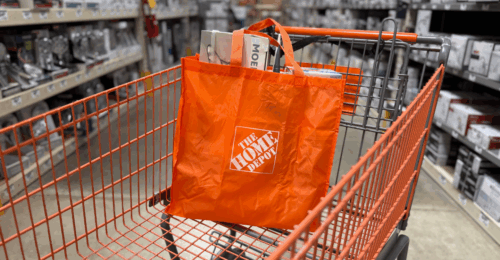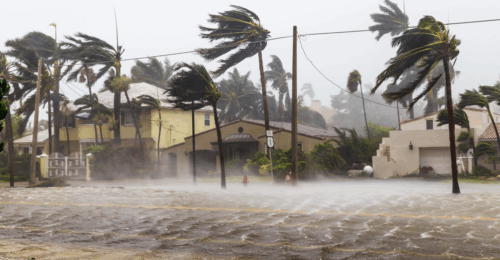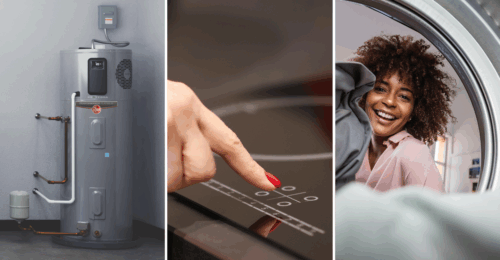We all love quick and easy projects that save money around the home. Not all quick fixes are worth your time, but in the case of home insulation, just a small investment can pay big dividends in savings. Here is some advice about different types of insulation and how and where to insulate in your home.
You’re spending about 50 percent of your monthly power bills on heating and cooling your home. That’s about $1,000 a year for the average U.S. household! Here are some tips on insulating your home to help you use less energy and save a little more cash.
How Insulation Works
As long as there is a difference in temperature between the outdoors and your home, heat will flow from warmer to cooler. In the winter, heat escapes the home through doors, walls, ceilings, floors and windows; and in the summer, heat seeps into the house via those same routes. Whatever the season, a home that is not adequately insulated costs more to heat and cool.
How Much Insulation?
Insulation acts as a heat resistance barrier that repels warm air in summer and traps heat inside during the winter. An insulation’s heat resistance is measured in “R-value”, and the greater the R-value, the more heat resistance it provides. See our R-value guide to determine the right R-value for your home and region. The amount of insulation or R-value needed for your home will depend on a number of factors including the climate where you live, your present heating and cooling system, and the part of the home you are insulating. Our insulation buying guide can help you choose the right type of insulation to reduce your energy costs.
Types of Insulation
Where you’re insulating largely determines what type of insulation is best for the job. You’ll typically want to use batt or roll fiberglass insulation for unfinished walls, floors and ceilings. But when adding insulation to an attic or a hard-to-reach area such as an enclosed wall, loose-fill or blown-in cellulose or fiberglass insulation may be a better option. Loose-fill is also easier to install because you don’t have to move around and navigate attic joists as much as when installing roll insulation – and The Home Depot offers free machine rental with the purchase of loose-fill insulation. If you don’t want to do it yourself, we also offer insulation installation through our Home Services. Check out our online insulation calculator for help determining the type and amount of insulation you should use for any part of your home. The calculator factors where you live, the type of heating and cooling system in your home, and the size of the area you’re insulating to give you the best solution.
Insulation for the Entire Home
Insulating heating and cooling ducts with insulation jackets, and protecting water pipes with insulating sleeves will contribute to your overall home energy savings as well. So will ensuring that all the doors and windows around your home are adequately air-sealed by using a combination of spray-in foam, caulking and weatherstripping.
Remember, every area of your home where heat meets cool is an opportunity for heat loss in the winter. An investment of $550 to seal and insulate your home will pay for itself in 2½ years and save you $220 a year – every year. And to help make it more affordable, many utility companies offer rebates on insulation. Find out if rebates are available in your area on our rebate finder. Learn more about insulating in this video, and find more DIY and home improvement videos on the Home Depot blog and on The Home Depot’s YouTube channel.






